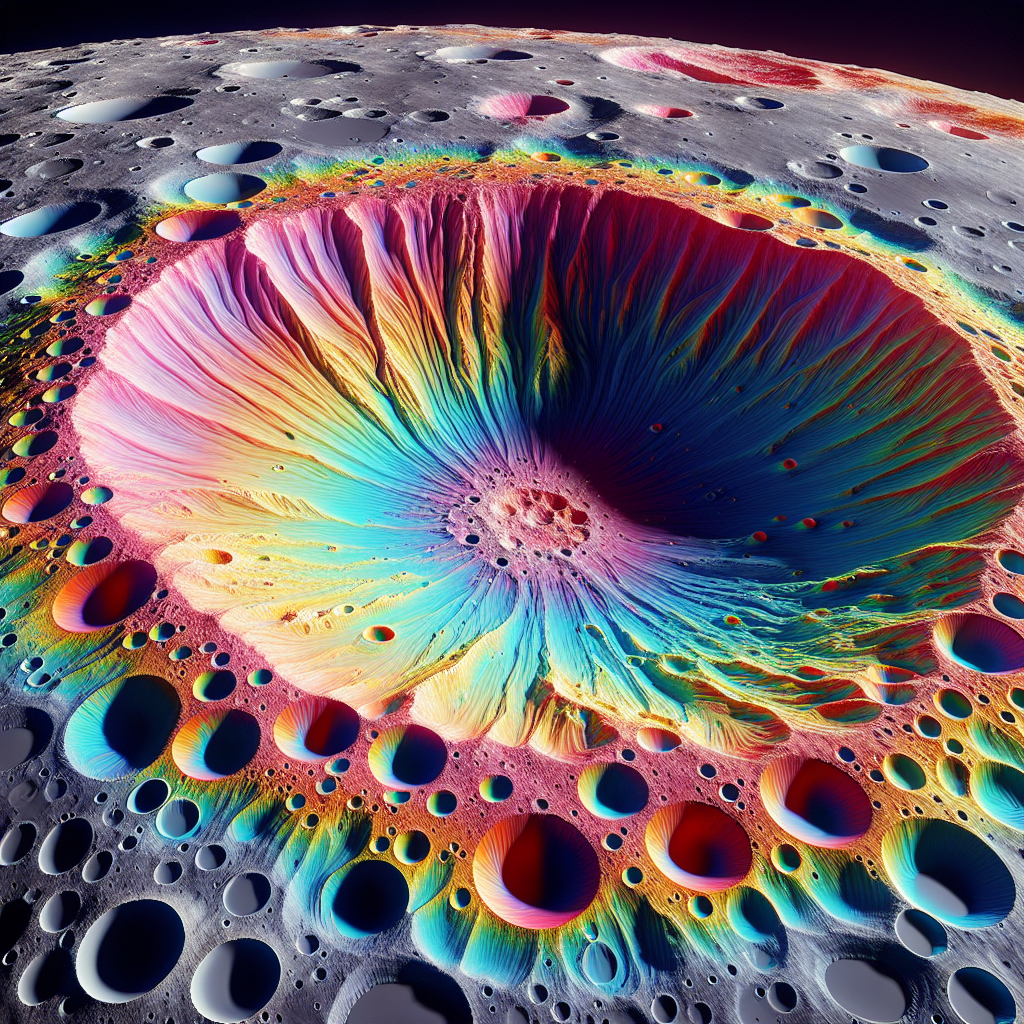Stargazing on the Moon: Unraveling J. Herschel Crater's Secrets
Imagine a place where the silence is eternal, and time itself seems to rest in a celestial pause; welcome to J. Herschel, a large lunar impact crater nestled in the northern part of the Moon's visible surface. Named after the celebrated British astronomer Sir John Herschel, this fascinating crater has intrigued astronomers and lunar enthusiasts since its discovery. Measuring approximately 156 kilometers in diameter, J. Herschel was formed billions of years ago during the Moon's Copernican period, making it a magnificent witness to the cosmic ballet above.
A Legacy of Scientific Inquiry
Who was Sir John Herschel, you might wonder, and why does he have a lunar crater named after him? Sir John Herschel was not only the son of Sir William Herschel, the discoverer of Uranus, but he was also a pioneering figure in his own right. A true polymath of the 19th century, Herschel's contributions encompassed astronomy, photography, and mathematics. His relentless curiosity and scientific optimism led him to catalog thousands of stars and nebulae, leaving behind a stellar legacy that extends—quite literally—to the Moon.
The Magnificent Architecture of J. Herschel
One cannot help but be awed by the sheer size of J. Herschel. This colossal structure is often described as 'walled plain,' characterized by low, eroded walls that house a relatively flat floor—a typical feature of many lunar craters. Despite being impacted over eons by smaller celestial bodies, it retains its structure with a sense of lunar dignity. The floor of J. Herschel is marked with modest hills and smaller craters, which stand as a testament to its tumultuous history. It's fascinating to consider how much this place has 'witnessed' over countless years. J. Herschel offers a unique look into lunar geological processes, making it an important focus for scientific study.
A Crater of Questions
Why does studying J. Herschel matter? The reason lies in humanity's persistent desire to understand our place within the cosmos. By studying lunar craters like J. Herschel, scientists glean critical information about the Moon's formation, its evolutionary history, and the dynamic processes shaping planetary surfaces. J. Herschel aids researchers in understanding impact cratering—an essential process that has shaped not only our Moon but also Earth and countless other celestial bodies.
Observing J. Herschel
Although you can't hop on a spacecraft yourself just yet, observing J. Herschel is possible with some terrestrial tools. For amateur astronomers, a good quality telescope is a gateway to experiencing this lunar giant from the comfort of Earth. Located slightly northwest of the prominent Sinus Iridum, J. Herschel is best viewed during the first and last quarters of the Moon when shadows accentuate its features. Through the eyepiece, the walls emerge subtly, and the intricate details of the crater's floor offer a powerful reminder of our closest celestial neighbor's silent story.
Future Adventures
What does the future hold for J. Herschel? As space exploration agencies and private ventures set their sights back on the Moon, perhaps one day human footsteps will trace its rugged perimeters. The continuous advancement in lunar research promises even more discoveries, and J. Herschel remains a point of interest due to its size and unique geological composition. With missions planned, like NASA's Artemis program and potential bases on the Moon, who knows what future explorations might reveal about its secrets.
The Human Connection
The story of J. Herschel is intertwined with human curiosity, scientific progress, and the quest for understanding. This impressive formation isn't just a monument on the Moon; it's a symbol of our unending pursuit to explore and learn. As we gaze up at the Moon, J. Herschel reminds us of the connections we have, both celestial and intellectual, with the universe. It is a splendid reminder that in looking outwards, towards the stars and celestial landscapes, we bring back to Earth a deeper understanding of our universe and ourselves.

